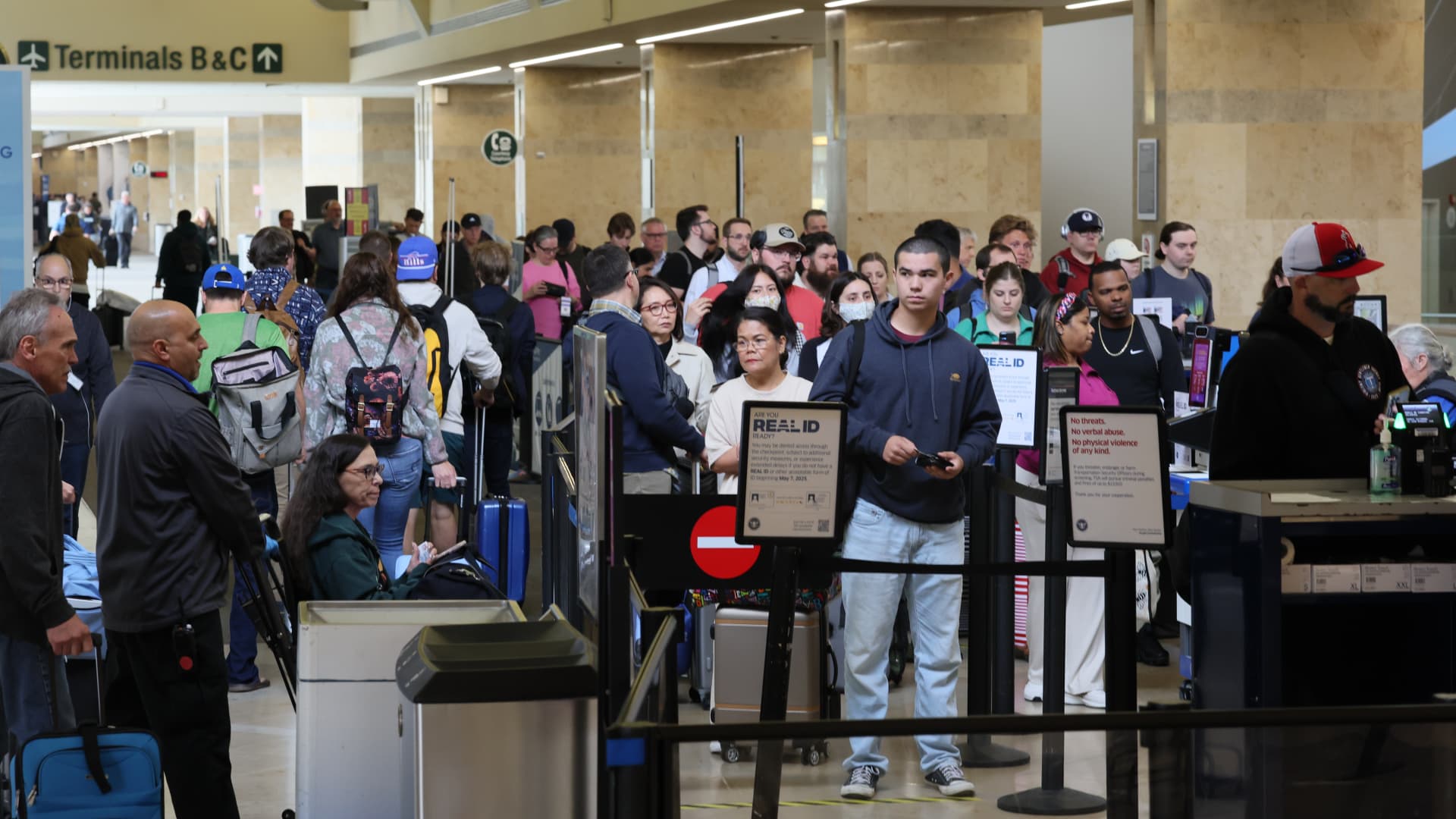The Transportation Security Administration (TSA) is on the verge of a significant policy shift that could mark the end of an era for air travelers. For nearly two decades, the ritual of removing shoes at airport security checkpoints has been a universal experience, a legacy of the 2001 “shoe bomber” incident. However, advancements in technology and a more nuanced understanding of security risks have paved the way for a more streamlined and comfortable screening process.
A Step Forward: The Impending Policy Change
The TSA is planning to allow travelers to keep their shoes on during standard security screenings at many major airports. This shift comes nearly 22 years after the policy was implemented in response to Richard Reid’s attempted bombing. While the exact details of the rollout remain unclear, the consensus is that the TSA is moving toward a more relaxed approach, leveraging advanced technology and risk assessment to enhance efficiency.
The decision to relax the shoe removal policy is not arbitrary but is driven by significant advancements in security technology and a deeper understanding of risk. Several key factors have contributed to this shift:
Advanced Imaging Technology (AIT)
The deployment of Advanced Imaging Technology (AIT) scanners, also known as body scanners, has revolutionized airport security. These scanners can detect both metallic and non-metallic threats hidden under clothing, including in shoes. AIT machines use millimeter-wave or backscatter technology to create detailed images of passengers, allowing security personnel to identify potential threats without the need for physical contact. This technology has significantly reduced the reliance on manual inspections, including shoe inspections.
Enhanced Explosives Detection Systems (EDS)
Explosives Detection Systems (EDS) used to screen carry-on baggage have become more sophisticated. These machines can detect a wide range of explosives and other dangerous materials with high accuracy. The improved sensitivity and reliability of EDS machines have reduced the need for manual inspections, including shoe inspections, as the machines can effectively screen for hidden threats.
Behavior Detection and Risk Assessment
The TSA has invested in behavior detection and risk assessment techniques, training officers to identify potentially suspicious individuals and behaviors. This approach allows security personnel to focus their attention on higher-risk passengers, rather than subjecting every traveler to the same level of scrutiny. By analyzing body language, facial expressions, and other behavioral cues, TSA officers can more effectively identify potential threats and allocate resources accordingly.
Data-Driven Intelligence
Continuous analysis of security data and intelligence allows the TSA to adapt its protocols to address emerging threats and vulnerabilities. This ongoing assessment may have revealed that the shoe removal policy, while initially necessary, is no longer the most effective use of resources. By leveraging data-driven intelligence, the TSA can make informed decisions about security protocols, ensuring that they are both effective and efficient.
The Impact on Travelers: A Smoother Journey
The relaxation of the shoe removal policy is expected to have a significant impact on the passenger experience at airports. The elimination of this step can potentially speed up security lines and reduce wait times for travelers, especially during peak travel periods. Additionally, allowing passengers to keep their shoes on will make the security process more comfortable and convenient, as no one enjoys walking barefoot on potentially dirty airport floors or fumbling with laces while trying to gather their belongings.
Moreover, the policy change can help improve passenger morale and create a more positive travel experience. Airport security can be a stressful experience, and removing one of the most disliked aspects of the screening process can significantly enhance the overall journey. By streamlining the screening process for low-risk passengers, the TSA can focus its resources and attention on identifying and addressing genuine security threats, ultimately enhancing the safety and efficiency of air travel.
Potential Challenges and Considerations
While the relaxation of the shoe removal policy is generally seen as a positive development, it is important to acknowledge that there may be some challenges and considerations. A smooth and consistent rollout of the new policy is crucial, and the TSA needs to clearly communicate the changes to both its officers and the traveling public to avoid confusion and frustration.
There may still be situations where TSA officers require passengers to remove their shoes, such as when a potential threat is detected or when a passenger is selected for additional screening. It is important for the TSA to provide clear guidelines on when these exceptions apply to ensure consistency and transparency in the screening process.
Additionally, the TSA needs to maintain public trust and confidence in its security measures. It is important to communicate the rationale behind the policy change and to demonstrate that it is not compromising safety. The TSA must also be prepared to adapt its protocols accordingly as security threats evolve, which may involve re-evaluating the shoe removal policy in the future if new vulnerabilities are identified.
A More Comfortable Future Takes Flight
The impending relaxation of the TSA’s shoe removal policy represents a welcome evolution in airport security. By embracing technological advancements and adopting a more risk-based approach, the TSA can streamline the screening process, enhance the passenger experience, and focus its resources on addressing genuine threats. While challenges may arise during the implementation phase, the potential benefits of this policy change are clear: a more efficient, convenient, and comfortable journey for air travelers.
As we anticipate this change, we can look forward to a future where the simple act of walking through airport security is a little less awkward, a little less hurried, and a whole lot more pleasant. The end of the shoes-off era marks a significant step forward in the evolution of airport security, one that prioritizes both safety and passenger comfort.

